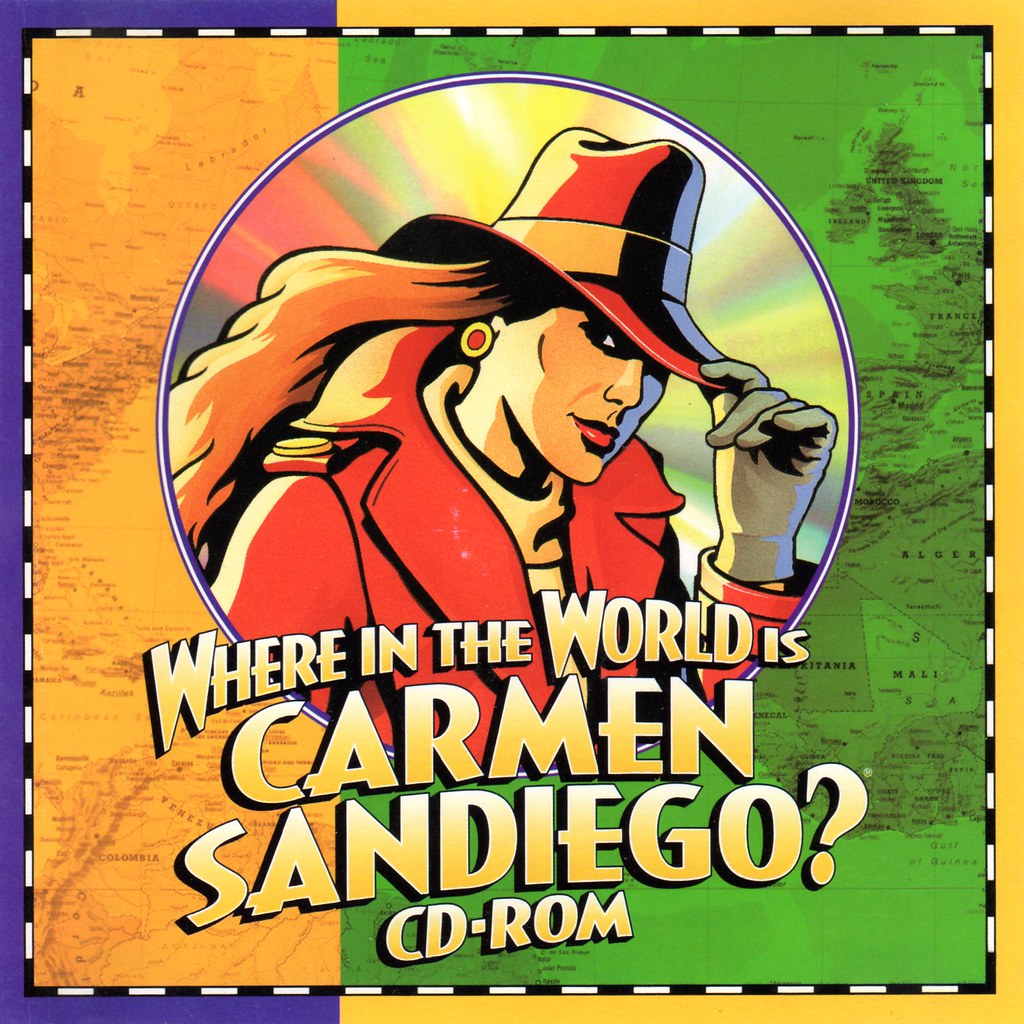Math and/or Science - Open Middle
What’s Open Middle?
The name “Open Middle” might sound like a strange name for a website about math problems. However, it references a very specific type of problem we try to encourage here. Most of the problems on this site have:
a “closed beginning” meaning that they all start with the same initial problem.
a “closed end” meaning that they all end with the same answer.
an “open middle” meaning that there are multiple ways to approach and ultimately solve the problem.
Open middle problems generally require a higher Depth of Knowledge than most problems that assess procedural and conceptual understanding. They support the Common Core State Standards and provide students with opportunities for discussing their thinking.
-----
The Hand Model of the Brain -
When we are in learning brain, we use our prefrontal cortex. When we are in survival brain, we are using our amygdala which controls our emotions. This model shows how we "flip our lid" when we go into survival brain.
ELA and Social Studies - StoryCorps
This website collects stories through interviews of people you might meet walking down the street. The interview and the humanity behind the story are the focus. Right now they are having a Veteran's Day theme.
-----
GRASP model -
This is a framework for designing project-based learning. By using this, you are designing a task template for students to show their understanding of a concept.
There are five parts to the G.R.A.S.P. model:
Goal – The Goal provides the student with the outcome of the learning experience and the contextual purpose of the experience and product creation.
Role – The Role is meant to provide the student with the position or individual persona that they will become to accomplish the goal of the performance task. The majority of roles found within the tasks provide opportunities for students to complete real-world applications of standards-based content.
Audience – The Audience is the individual(s) who are interested in the findings and products that have been created. These people will make a decision based upon the products and presentations created by the individual(s) assuming the role within the performance task.
Situation – The Situation provides the participants with a contextual background for the task. Students will learn about the real-world application for the performance task
Product – The Products within each task are designed using the multiple intelligences. The products provide various opportunities for students to demonstrate understanding. Based upon each individual learner and/or individual class, the educator can make appropriate instructional decisions for product development.
These five parts come together to form an authentic assessment that includes a(n) essential question to share with students.

















